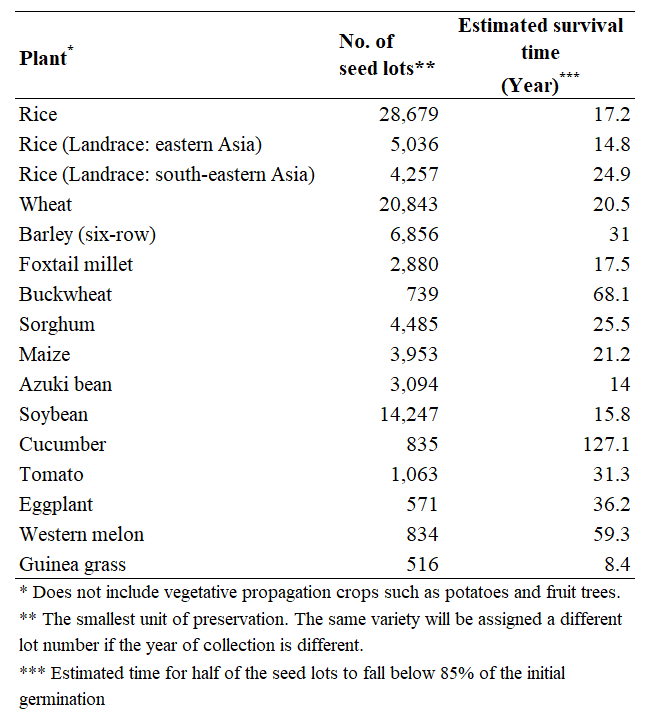The Genebank Project is a national project of Japan operated by the National Agriculture and Food Research Organization (NARO) since 1985. The NARO Genebank is responsible for the conservation of plant genetic resources to provide materials for both scientific research and plant breeding to improve food and feed production. In this study, NARO analyzed the germination test results over 30 years and estimated the seed longevity, the time until the germination percentage falls below 85% of the initial value, of orthodox seeds of approximately 80,000 accessions from 50 species. A wide variation in seed longevity between taxa was observed, ranging from below 8.4 years for Guinea grass to 127 years for cucumber. The estimation of seed longevity is useful not only for the NARO Genebank but also for local governments, private sectors, and researchers who store seeds to prepare long term seed regeneration plans.
Overview
Germinability of plant seeds has a significant impact on crop production. It is known that some crops have shorter seed longevity while other crops have longer longevity. In researches to determine the survival curve of seeds, there had been attempts to accelerate seed aging by controlling the ambient conditions to shorten the required time.
In this study, NARO estimated the seed longevity of approximately 80,000 accessions from 50 species through the statistical analysis of the germination data accumulated through the germination tests conducted once every five years for each seed lots for a maximum of 30 years at the NARO Genebank. The collection of seeds is kept at the constant ambient condition of -1°C and 30% relative humidity (RH) to sustain seed quality. The result of the study suggests interspecific differences in seed longevity from 15 years for soybean, 20 years for wheat, 30 years for tomato, 70 years for buckwheat, to 130 years for cucumber.
The information enables the NARO Genebank to determine appropriate intervals of germination testing for the more efficient operation of the conservation and distribution of high-quality seeds. It will also benefit the local governments, private sectors, and researchers to prepare long term seed regeneration plans.
Publications
Yamasaki, F., Domon E., Tomooka N., Baba-Kasai A., Nemoto, H. and Ebana, K., Thirty-year monitoring and statistical analysis of 50 species' germinability in genebank medium-term storage suggest specific characteristics in seed longevity, Seed Science and Technology, 48(2): 269-287.
DOI: https://doi.org/10.15258/sst.2020.48.2.14
For Inquiries
Contact: http://www.naro.affrc.go.jp/english/inquiry/index.html
Reference Information
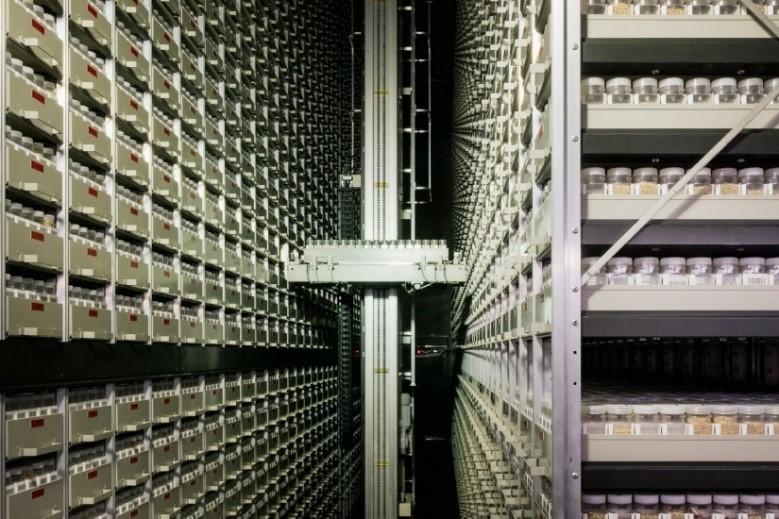
The collection includes 190,000 seeds of diverse species and groups.
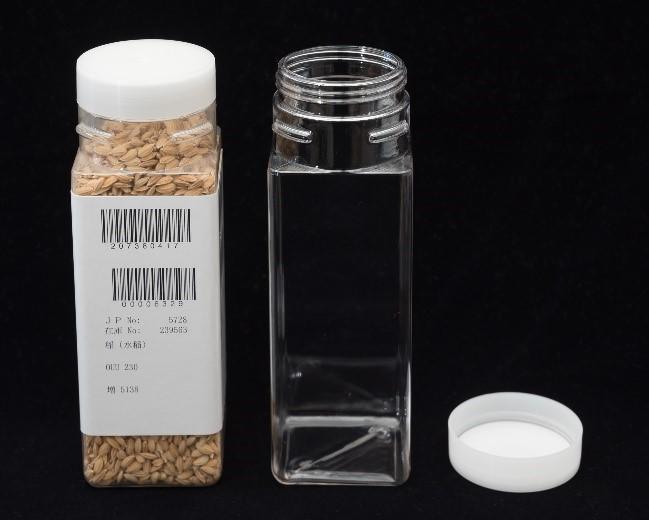
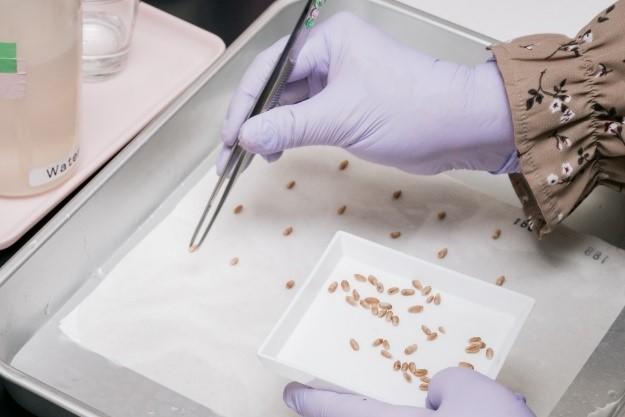
Approximately 30,000 tests are conducted every year.
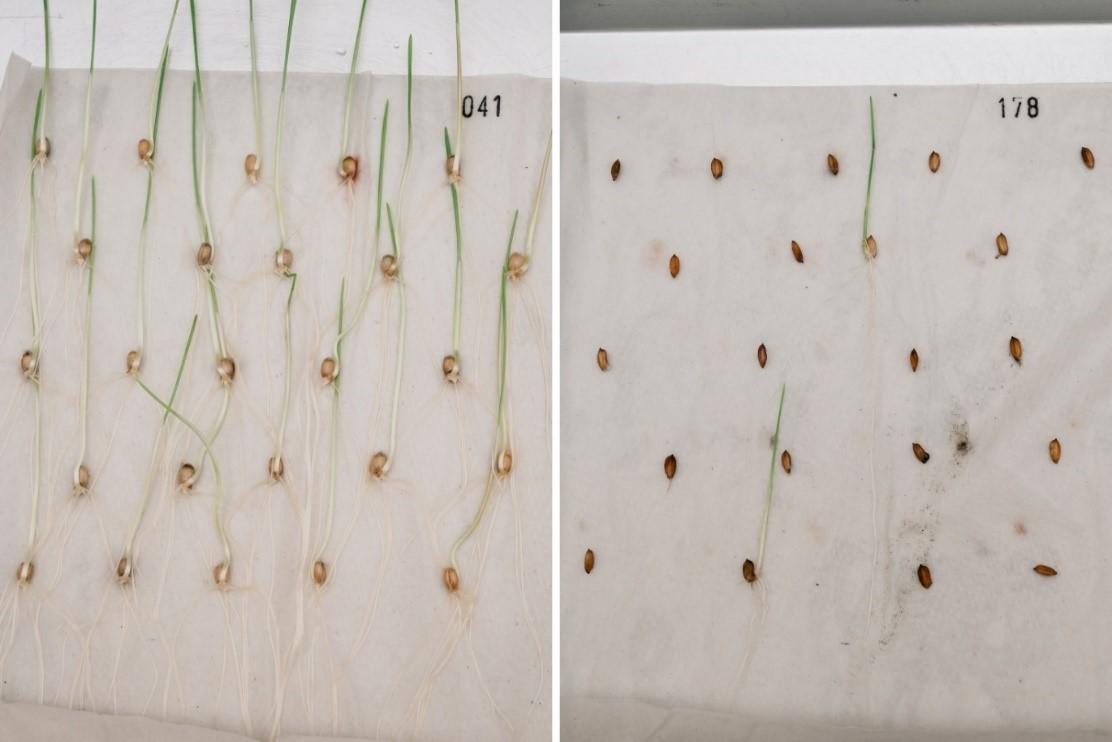
Fig.4 Seeds in storage remaining proper germination (left: wheat), and seeds with reduced germination (right: rice)
Stored seeds are monitored at proper intervals to maintain the quality of the invaluable collection. The stored seeds are regenerated the next year in cases where a significant drop in germination is observed.
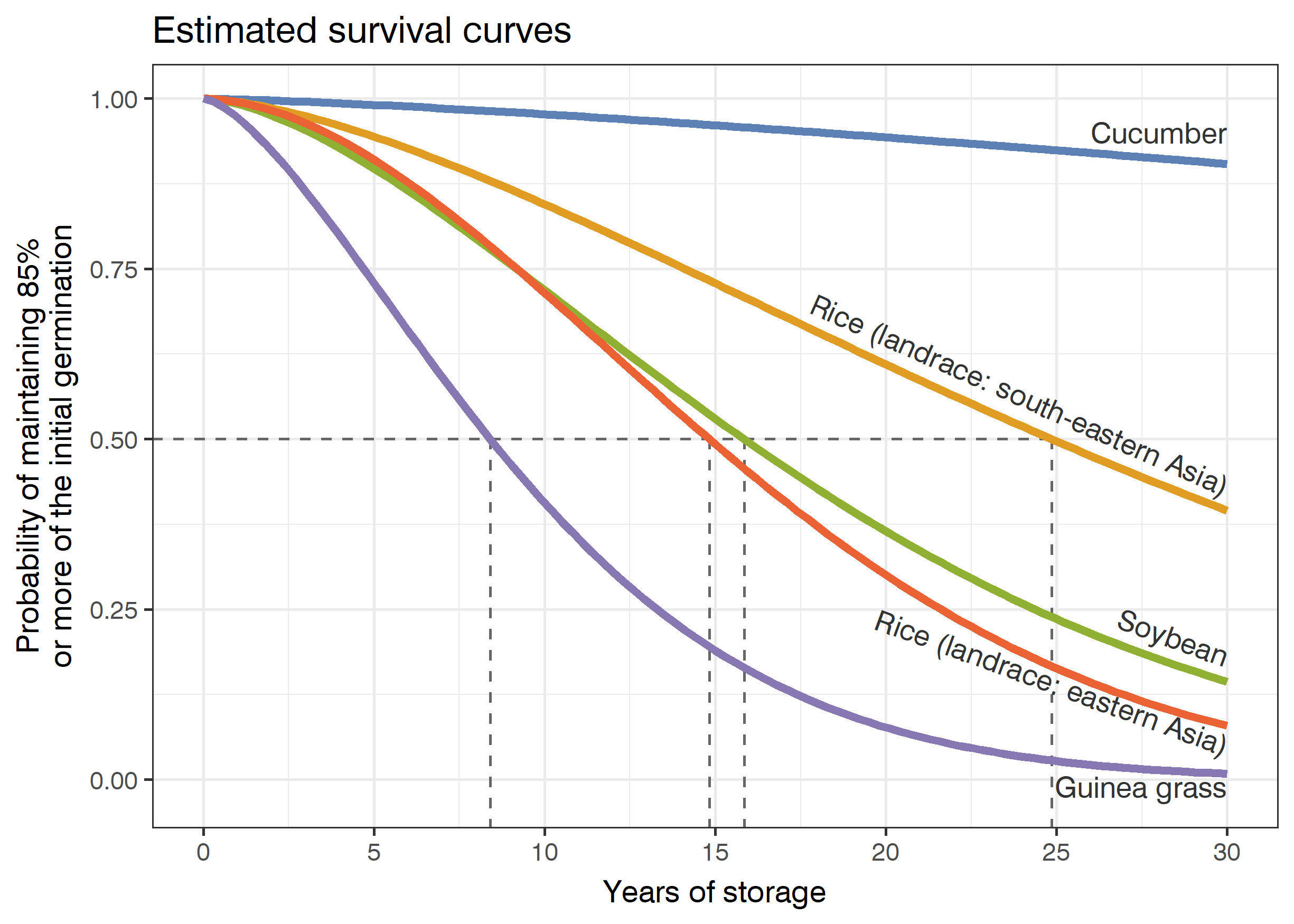
Fig.5 Estimate on seed germinability using the accumulated results of germination tests conducted during storage at regular intervals
Survival curves shown above represents the variation in seed longevity within species. Here, seed longevity is defined as the time until the germination percentage falls below 85% of its initial value. Seed longevity differs from 8.4 years for Guinea grass to 127 years for cucumber. As for rice, accessions from different geographical regions of origin showed different survival curves.
Table 1. Estimated survival time of seed of major crops at -1°C and 30% humidity
